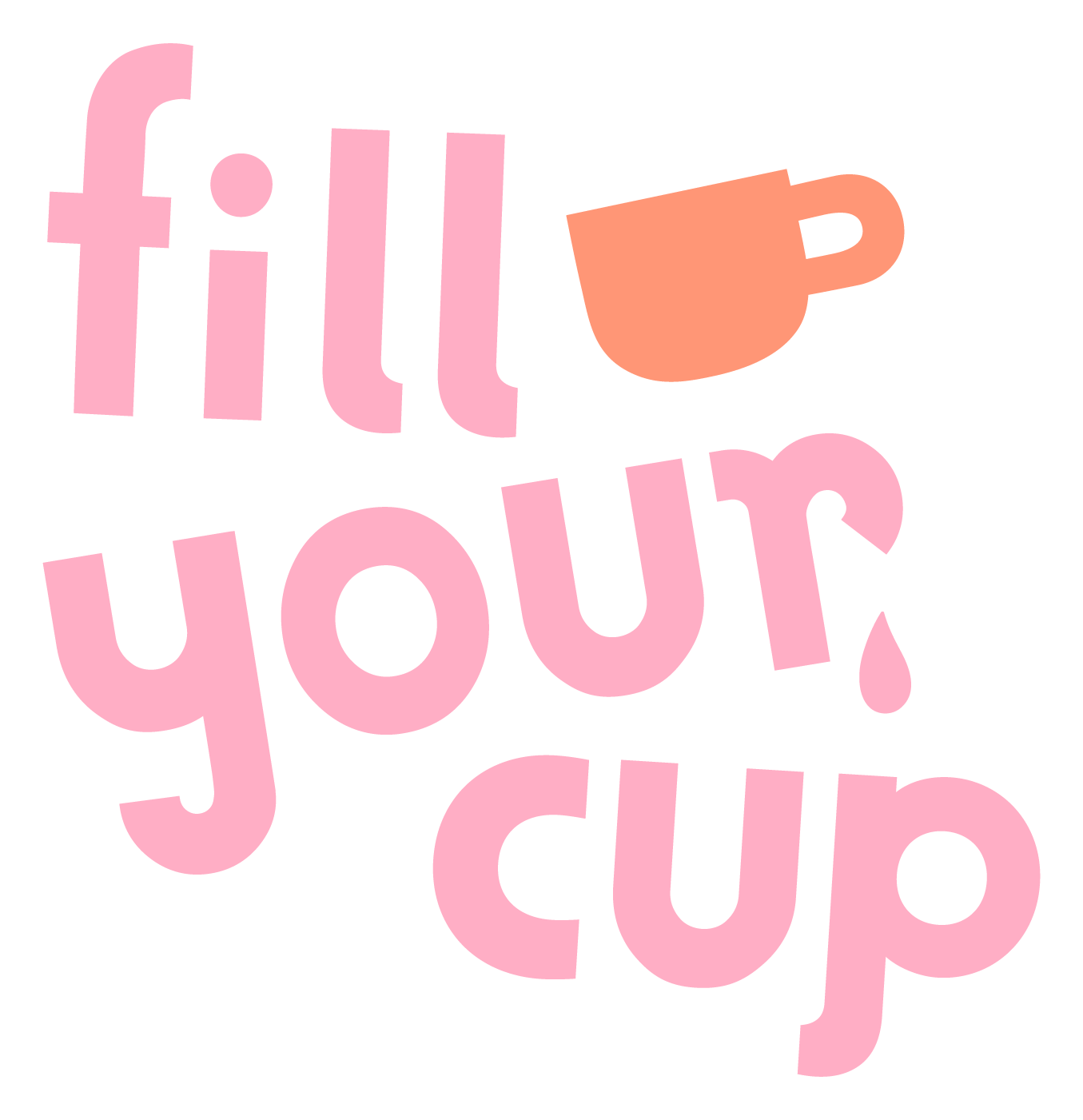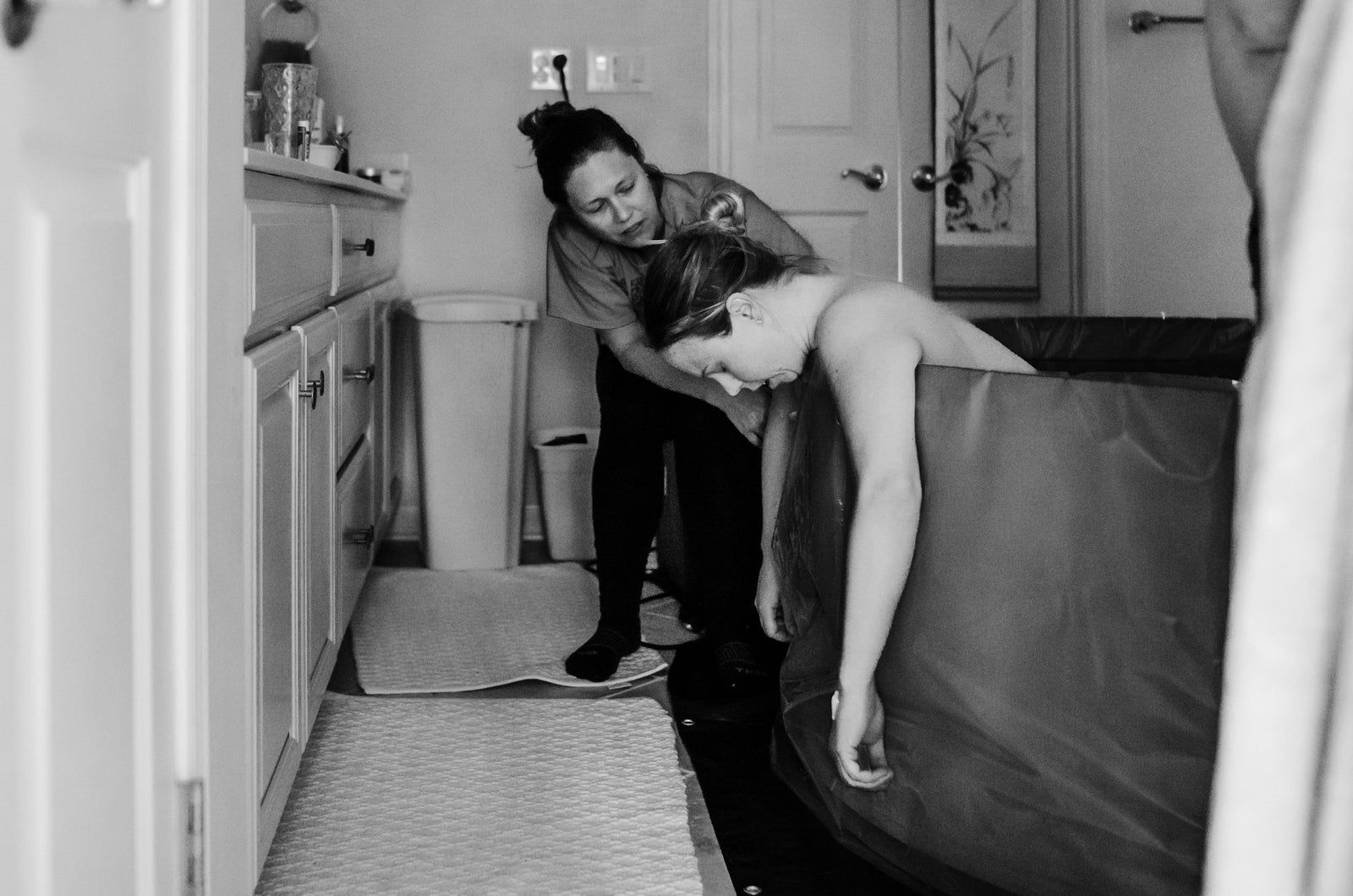
Written by Aimee O'Shea
Introducing our bubbas to solid food is supposed to be an exciting time for everyone, however I appreciate that it can cause some angst as well. Choking, mess, which foods do I start with? Do you go with baby-led weaning… what is baby-led weaning? And all that stuff.
So I thought we would bring in our resident FYC Infant Nutritionist, Aimee O’Shea from Little Bean Nutrition to help explain it all. Take it away, Aimee…
Starting Solids
Starting solids should be such a wonderful time for both you and your baby, and I’m here to help you ensure that it is! Current guidelines from the World Health Organisation (WHO), American Academy of Paediatrics and the National Health and Medical Research Council (Aus) all recommend exclusive breast or formula feeding until six months of age. Once your little one has met the signs of readiness, it is ok to start solids – this will occur slightly earlier for some, later for others, but typically at around 5.5-6.5 months of age. These signs of readiness are primarily there for safety, to reduce the risk of choking and to ensure your little one’s digestive system is ready to be introduced to food.
Signs of Readiness
- The ability to sit with minimal support – This does not mean your baby has to sit entirely independently, however it does mean they have the strength to sit in their highchair without slumping forward or to the side.
- Good head control – Your baby needs to be able to hold their head upright for the duration of the meal.
- Interest – Babies will naturally be interested in EVERYTHING at the age they are due to start solids, so this is not a primary indicator of readiness. However, interest is important to ensure adequate engagement and opportunity for learning
- Reach and grab – This sign is particularly important if you are wanting to start your solids journey with baby led weaning (BLW). It is not essential that your baby is able to pick food up from the plate/highchair tray, however the ability to reach and take the food from your hand when you offer it to them is necessary
- Tongue thrust reflex – This is when your baby instinctively pokes their tongue out when something touches their tongue. It is a protective mechanism to reduce the risk of choking on foreign objects, and is usually present until between 4 and 7 months of age. It is functionally beneficial for this reflex to be gone, if you choose to start your baby on puree foods. However, in the context of BLW, it is not necessary for your baby to have lost this reflex, in fact, it helps them to develop the appropriate movement patterns to effectively learn to chew. Additionally, if your baby is one that loses this reflex on the later side, we don't want to be waiting for it to disappear, and risk delaying the introduction of finger foods
How Often Should I Feed My Baby?
It is really common for parents to think they need to start their baby on 3 meals a day, but this is simply not the case - we need to allow time for their digestive systems to adjust, and for their skills to improve, so they are equipped to deal with a larger quantity. Keep in mind every baby will be different, but there is no need to rush. Below is a rough guide to progressing through solids
- 5.5 - 6.5 months: Start small. Offer one or two teaspoons of puree, or one to two pieces of finger food and be guided by your baby, as to whether to offer more. Work your way to one meal per day, and don’t worry if you skip a meal some days
- 7 – 9 months: Your baby should have developed some really amazing skills by now, so you can start to offer a second meal. Continue to follow your baby’s cues.
- 9 – 12 months: If you’re yet to offer your baby finger foods, now is the time to do so. You can now increase to three meals per day.
- 12 months +: Meals can now take priority over breastmilk/formula. You can begin to offer snacks, in addition to three meals per day. Your child may not be interested in snacks initially, so continue to follow their lead
Breastmilk or formula MUST take priority over solids – always offer these BEFORE you offer solids (until closer to 9 months). At around 9 months, it may work from a routine perspective to offer solids before milk for some meals.
REMEMBER - it is your job to determine what and where food is served, and it is your babies job to determine if and how much food they eat.
Top Tips for Starting Solids
Starting solids can be super overwhelming for many parents, so below are my top tips!!
- Manage expectations – it can be really hard what to expect when starting our little ones on solids, and often times parents expect a little too much. There will likely be weeks, if not months of your little one just picking, playing and barely actually eating any food. I promise you this is 100% normal. Eating can seem so simple and second nature to most adults, but learning to eat is a HUGE learning curve and the skill of eating is actually a 20-30 step process.
- Go slow – many parents get really excited about starting solids, and want to progress their little one quickly to establish them on three meals. I love that parents get excited, but it’s really important to go slow. We don’t want to overwhelm our little one’s digestive systems, nor do we want to overwhelm them from a skill perspective if self-feeding.
- You don’t have to choose between puree or BLW – contrary to the information you may have seen on some mum’s groups on Facebook, you can absolutely combine finger foods with puree. There is no harm in doing so, in fact, I encourage you to do so – this ensures you’re exposing your little one to finger foods early, but confident that they are getting a lovely full belly.
- The Division of Responsibility – I have touched on this in another article, but a reminder that it is your role as a parent to determine when and what food is offered, but it is up to your little one to determine if and how much they eat. Our little one’s have a wonderful ability to regulate their appetite and it’s really important that we nurture and respect that.
- Portion size – much to many parent’s frustration (sorry!!), there is no set/prescribed portion size for your baby. Every baby is different and how much they eat will be different. Instead of focussing on portion size, focus on building a balanced meal (article) and tuning in to your little one’s hunger and fullness cues.
- Sit with your baby – where possible, I strongly encourage you to sit and eat with your baby. Infants have mirror neurons in their brain, that encourage them to repeat what they see. If they see you bringing food to your mouth, chewing and swallowing, they will naturally want to copy. If they see you enjoying food, this is reassurance that the food is safe and delicious!!
- Have fun – your little one’s solids journey should be enjoyable for them and you! Try to relax, don’t over complicate things, remove expectation and enjoy the process. If you’re feeling overwhelmed or you’re unsure of something, reach out in the Facebook group to myself and your fellow parents.
P.S. If this was all a bit overwhelming and you’re still not sure where to start, Aimee does one on one consultations or you can jump into theNourished Little Bean Membership and get access to recipes, guides, how-to guides and of course Aimee’s nutrition knowledge!




Leave a comment (all fields required)